The Passive Optical LAN Market is currently characterized by a dynamic competitive landscape, driven by the increasing demand for high-speed internet connectivity and the need for efficient network infrastructure. Major players such as Cisco Systems (US), Huawei Technologies (CN), and Nokia (FI) are strategically positioning themselves through innovation and partnerships. Cisco Systems (US) focuses on enhancing its optical networking solutions, while Huawei Technologies (CN) emphasizes its global reach and technological advancements. Nokia (FI) is leveraging its expertise in optical networks to expand its market share, indicating a collective push towards advanced networking solutions that cater to the evolving needs of enterprises and service providers.
In terms of business tactics, companies are increasingly localizing manufacturing and optimizing supply chains to enhance operational efficiency. The market structure appears moderately fragmented, with several key players exerting influence over various segments. This fragmentation allows for a diverse range of offerings, yet the collective strategies of these companies suggest a trend towards consolidation and collaboration, particularly in technology development and service delivery.
In November 2025, Cisco Systems (US) announced a strategic partnership with a leading telecommunications provider to deploy its latest Passive Optical LAN solutions across multiple urban centers. This move is significant as it not only expands Cisco's footprint in the market but also enhances its ability to deliver high-speed connectivity solutions tailored to urban environments, thereby addressing the growing demand for smart city infrastructure.
In October 2025, Huawei Technologies (CN) launched a new line of Passive Optical LAN products aimed at small to medium-sized enterprises. This introduction is noteworthy as it reflects Huawei's commitment to diversifying its product offerings and catering to a broader customer base, potentially increasing its market share in a segment that has been traditionally underserved.
In September 2025, Nokia (FI) completed the acquisition of a regional optical networking firm, which is expected to bolster its capabilities in delivering integrated optical solutions. This acquisition is strategically important as it enhances Nokia's technological prowess and positions the company to better compete against other major players in the market, particularly in regions where demand for optical networking is surging.
As of December 2025, current trends in the Passive Optical LAN Market are heavily influenced by digitalization, sustainability, and the integration of AI technologies. Strategic alliances among key players are shaping the competitive landscape, fostering innovation and enhancing service delivery. Looking ahead, it appears that competitive differentiation will increasingly hinge on technological advancements and supply chain reliability, rather than solely on price. This shift suggests a future where innovation and quality become paramount in defining market leadership.
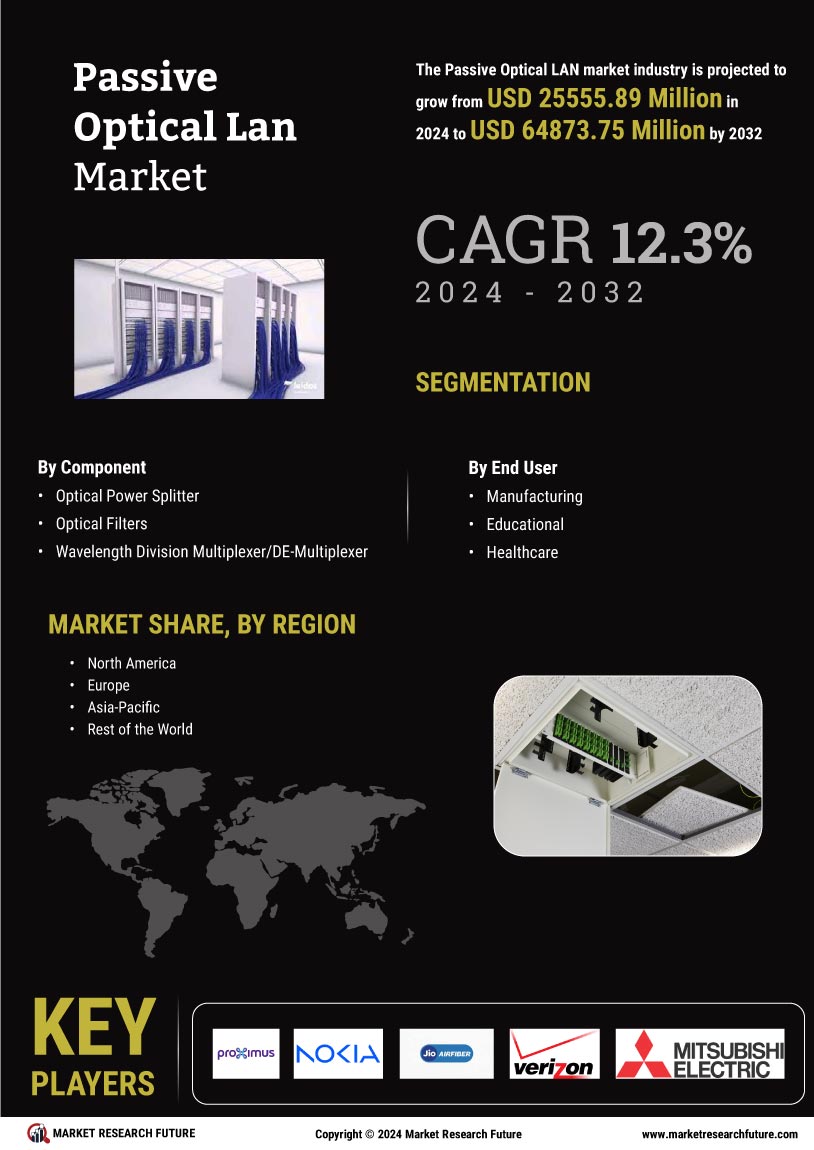
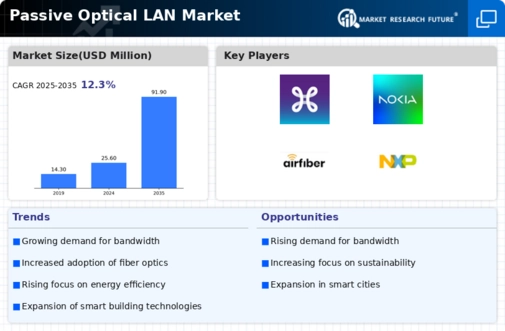

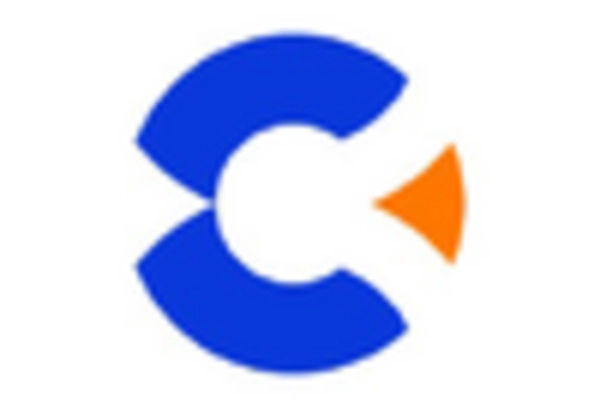
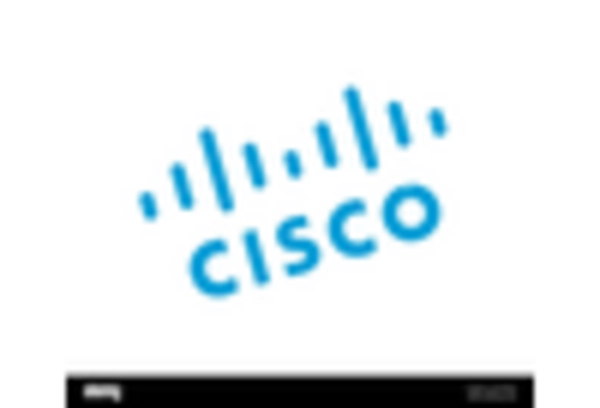
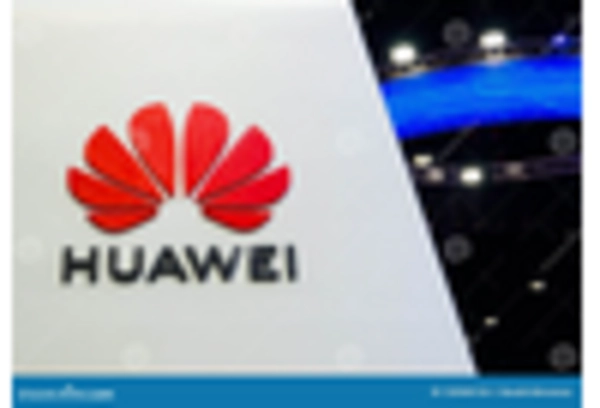
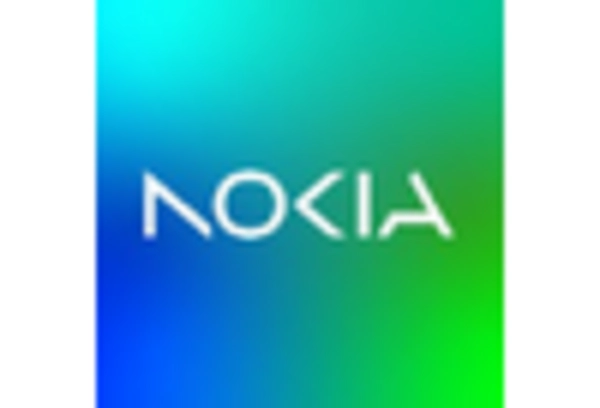
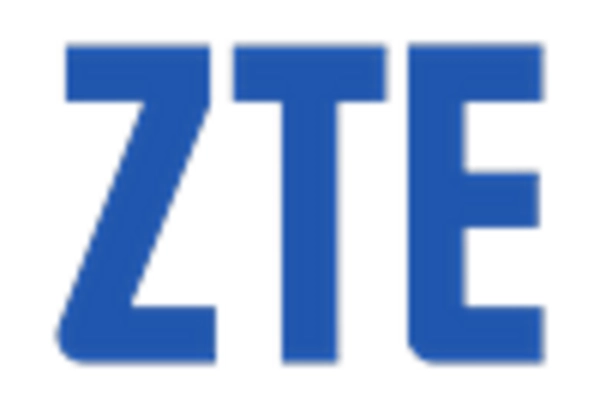








Leave a Comment